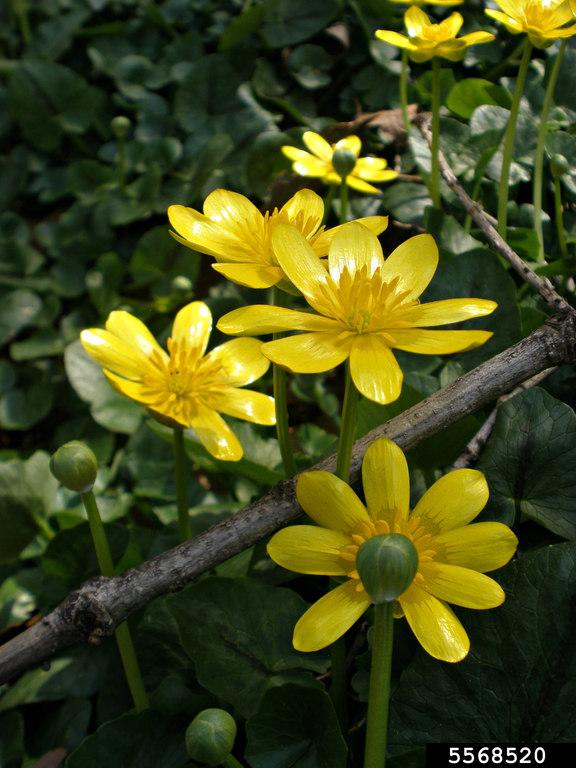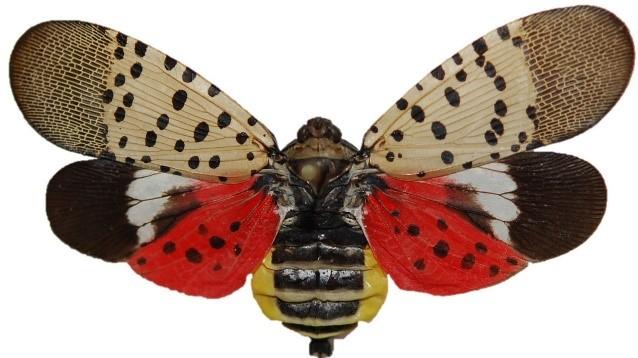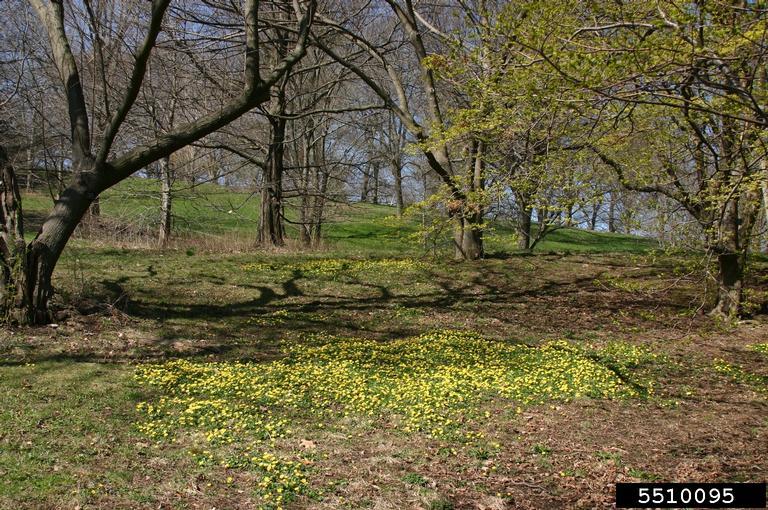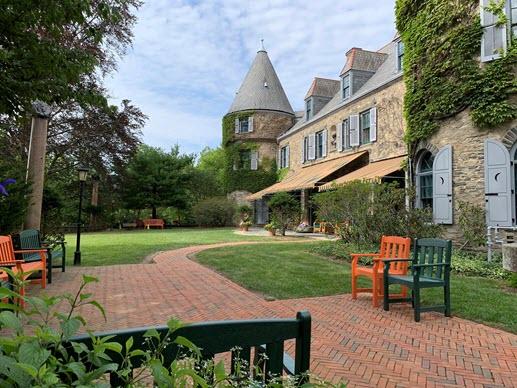In our Spring 2021 issue...
There's news about our new website, as part of the University of Maryland Extension's rebranding efforts. There's also information about the Spotted Lanternfly and about the rebounding forestry industry in Maryland. Our regular features include profiles of the striped skunk in the "Woodland Wildlife Spotlight" and lesser celandine in "Invasives in Your Woodland," as well as our events calendar and the Brain Tickler challenge. Plus, tidbits you may have missed, in the News and Notes section.





